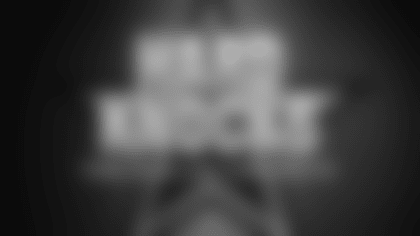FRISCO, Texas – It's a bit anti-climactic, but it is here.
Monday marks the beginning of the Cowboys' 2021 OTAs at The Star, as players are finally entering Phase III of their offseason program.
Prior to now, the team has been going through voluntary workouts with the offense and defense separated, as well as virtual meetings. But with Phase III firing up on Monday, the Cowboys can now practice with both offense and defense on the field, alongside their coaching staff. From this point on, their meetings for the rest of the offseason program can now be in person.
On one hand, it's merely a small and incomplete glimpse at what this coming season will look like. NFL OTAs are completely voluntary, so the Cowboys could be working with a limited roster at least until the mandatory June minicamp in a few weeks – though it is worth noting that the Cowboys traditionally have very good attendance for offseason workouts.
Views of the Dallas Cowboys during the first day of organized team activity practice at Ford Center at The Star in Frisco, Texas.

Organized Team Activity Practice | 2021
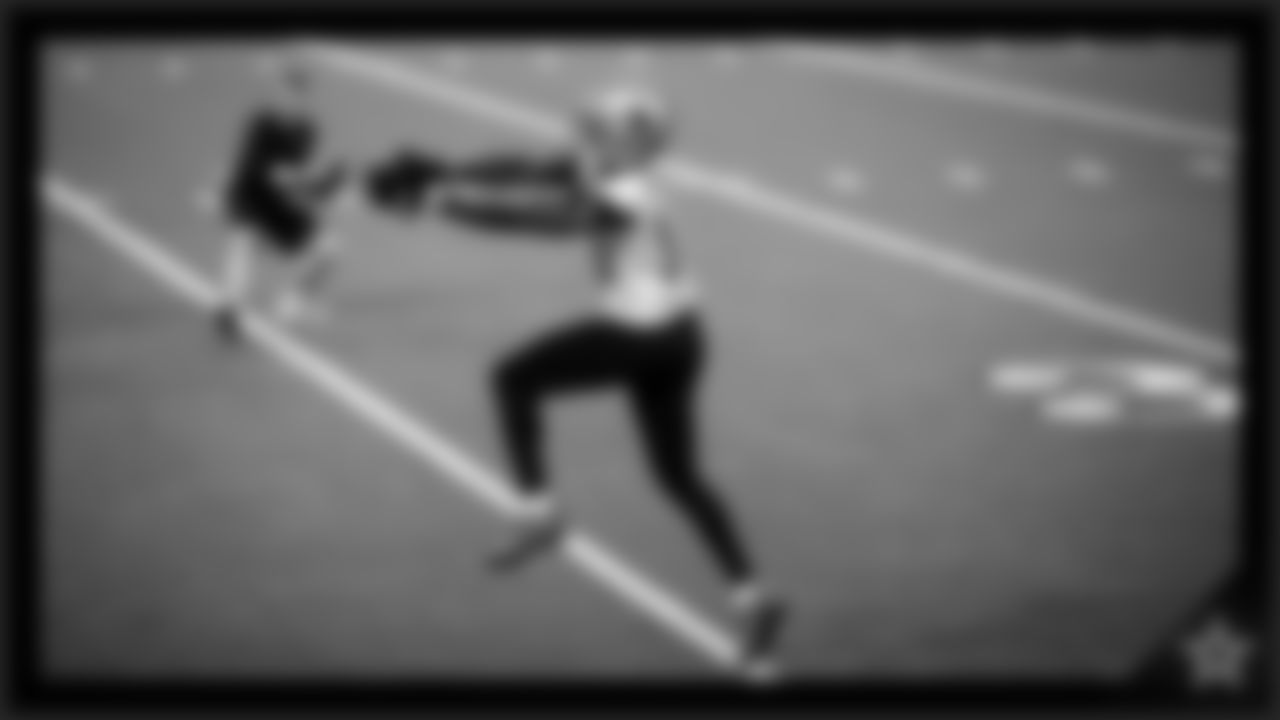
Organized Team Activity Practice | 2021

Organized Team Activity Practice | 2021
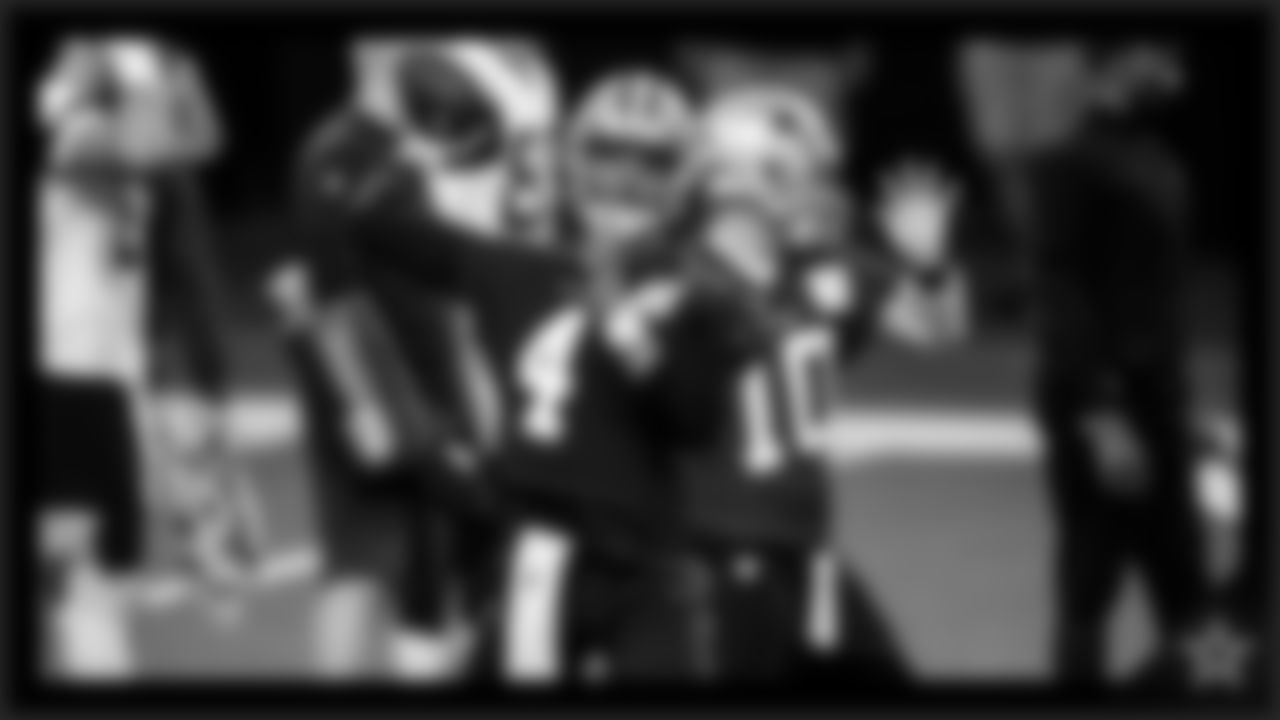
Organized Team Activity Practice | 2021
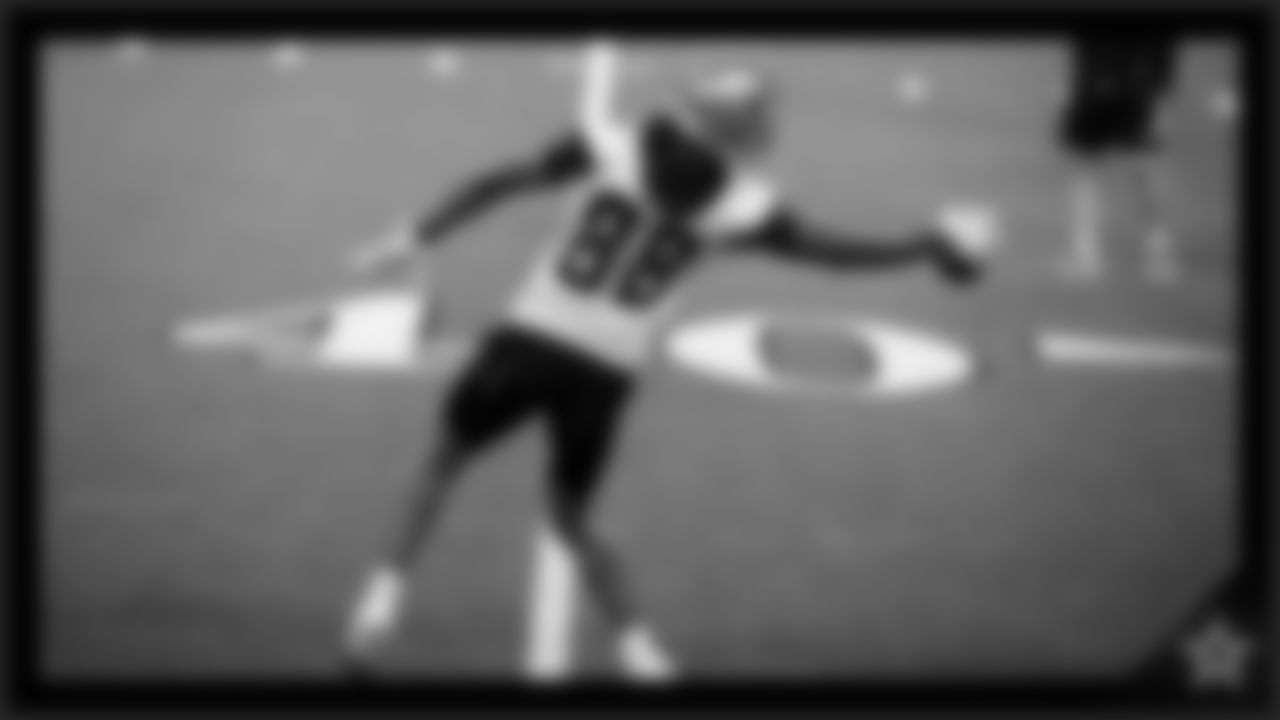
Organized Team Activity Practice | 2021
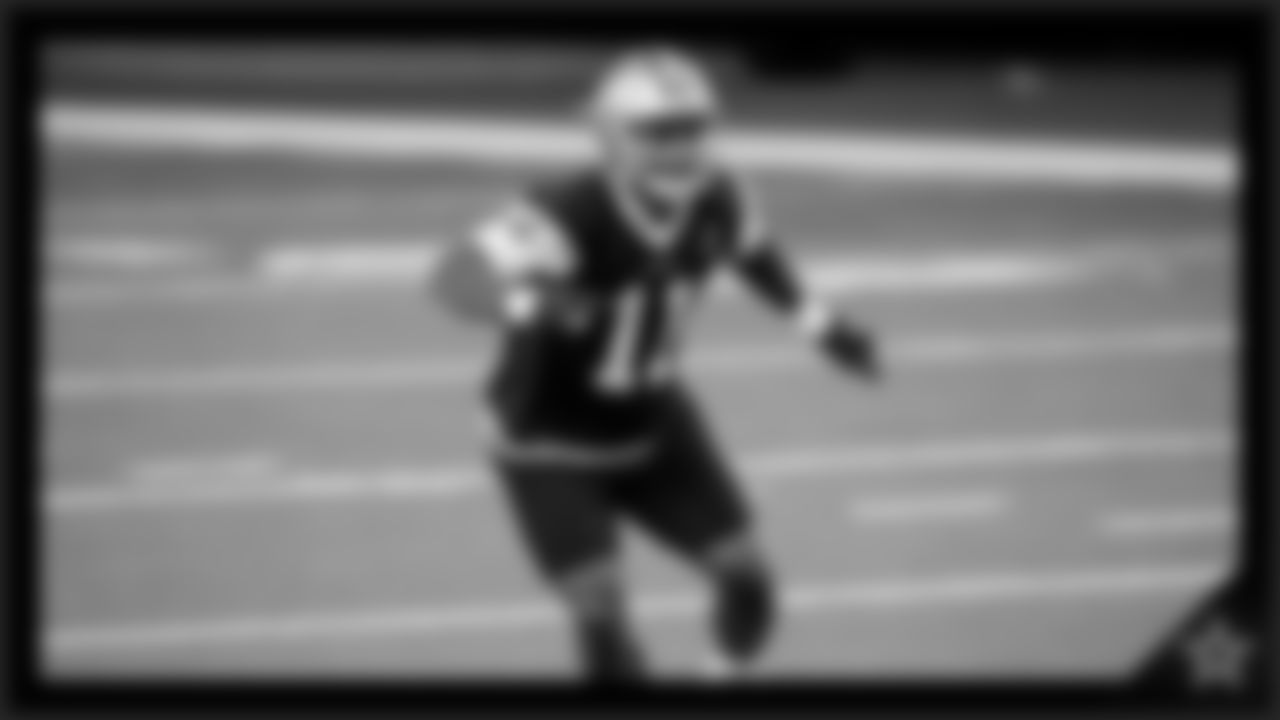
Organized Team Activity Practice | 2021
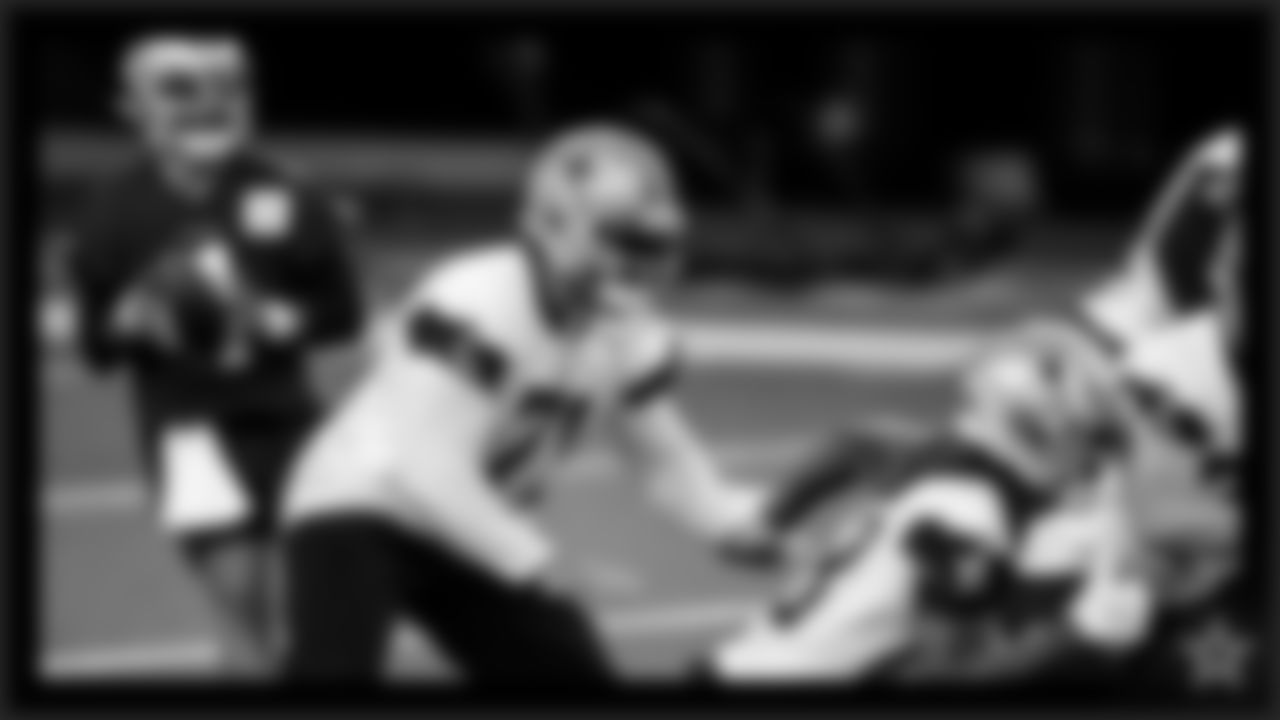
Organized Team Activity Practice | 2021
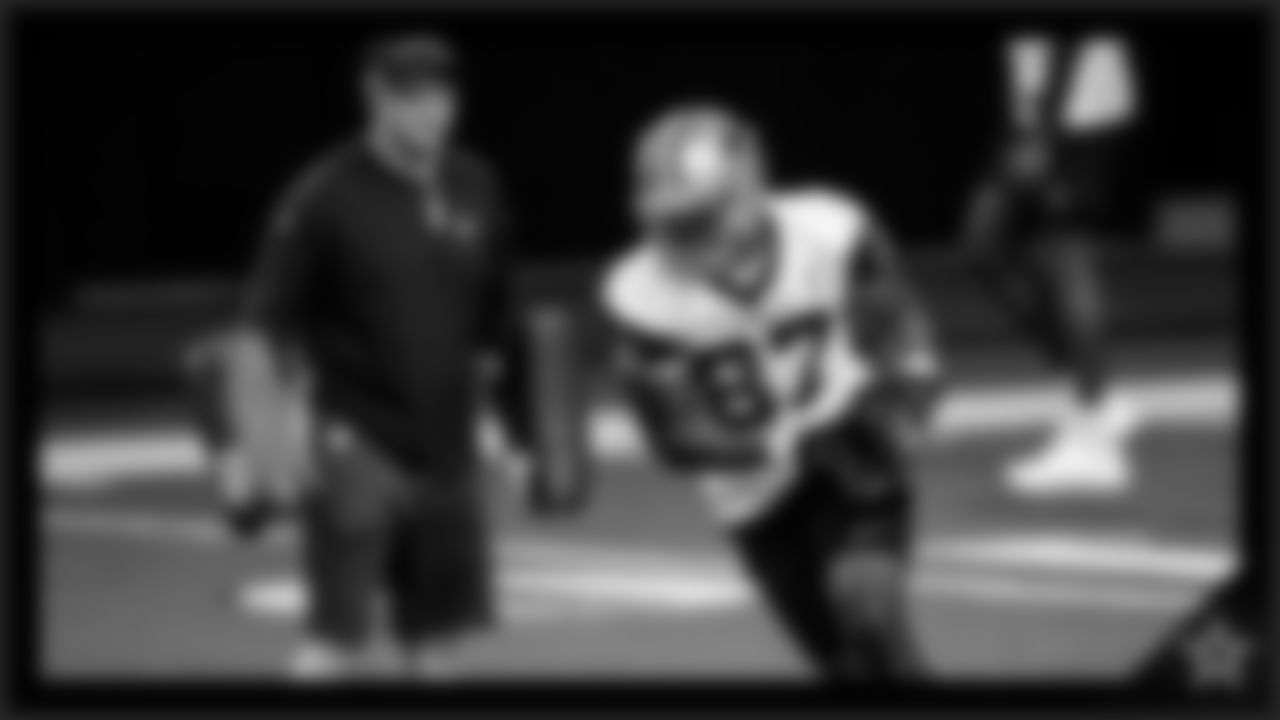
Organized Team Activity Practice | 2021

Organized Team Activity Practice | 2021
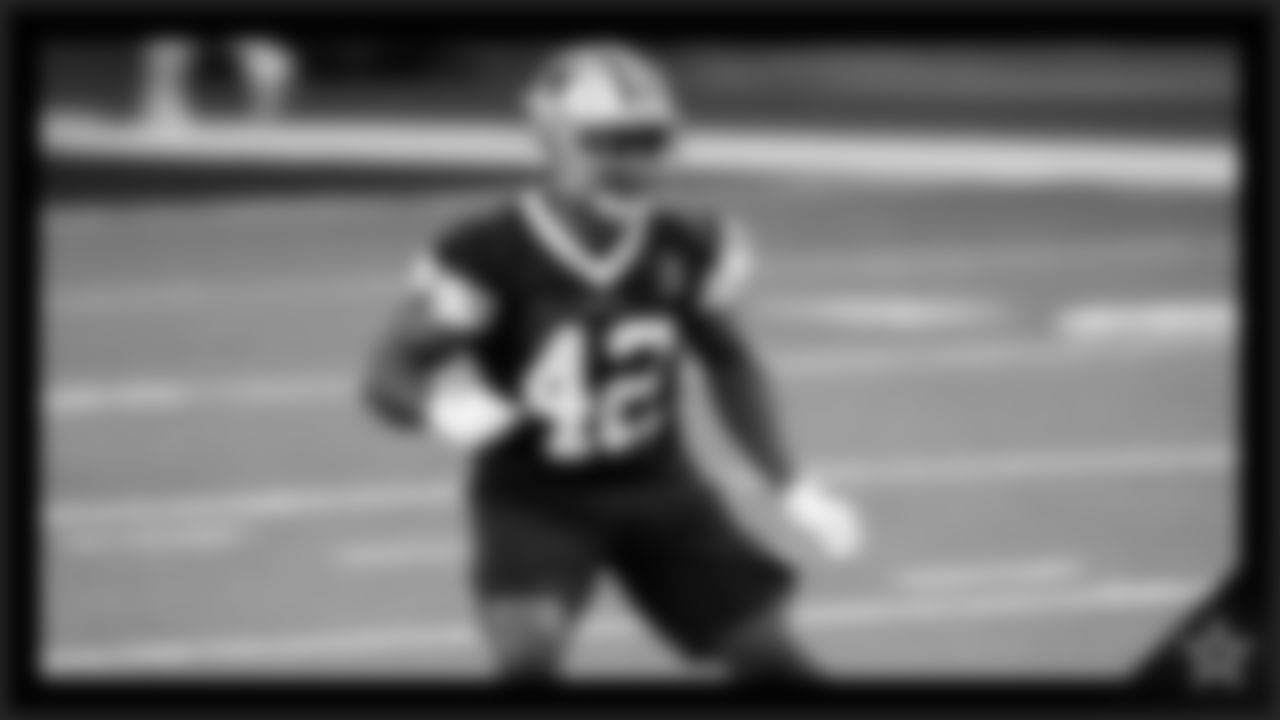
Organized Team Activity Practice | 2021

Organized Team Activity Practice | 2021
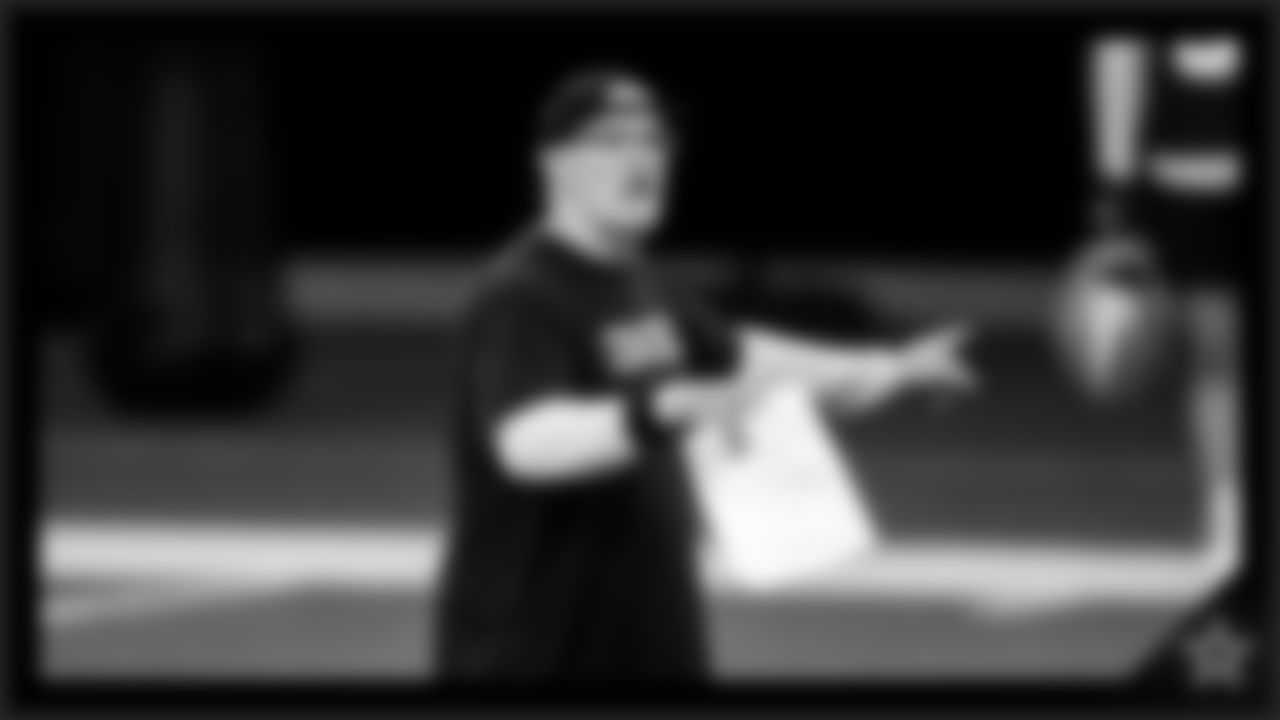
Organized Team Activity Practice | 2021
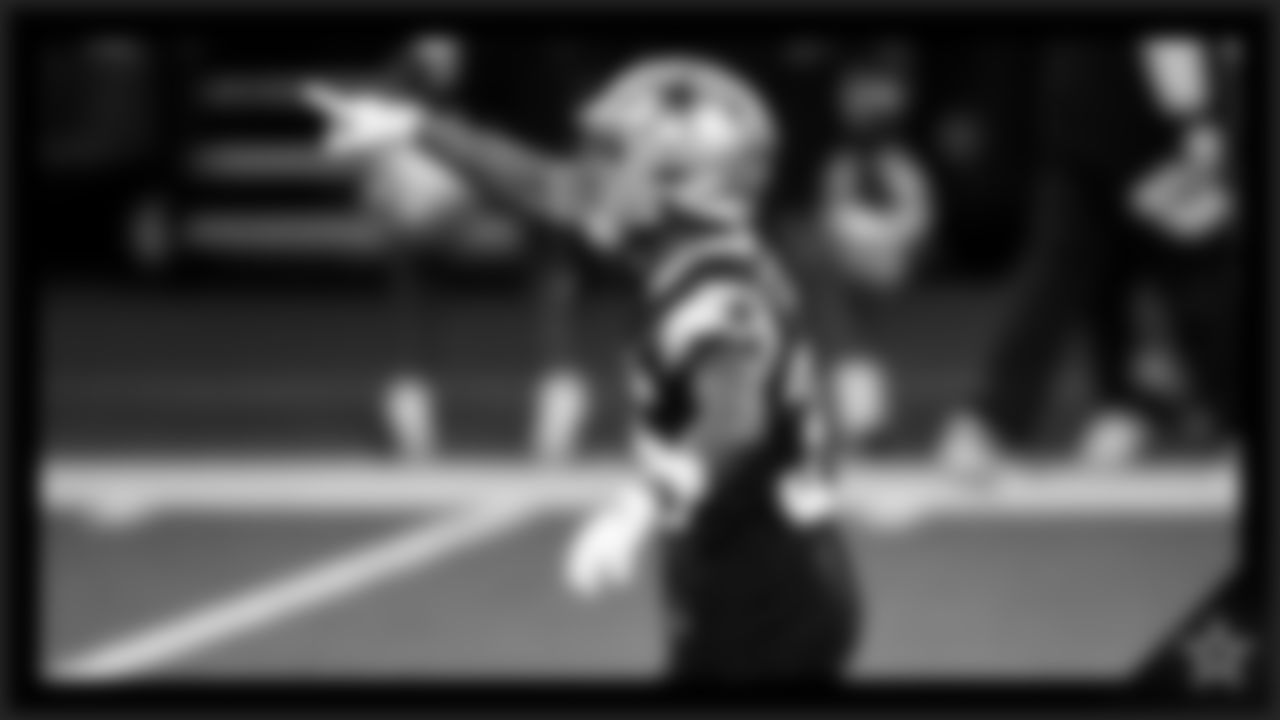
Organized Team Activity Practice | 2021
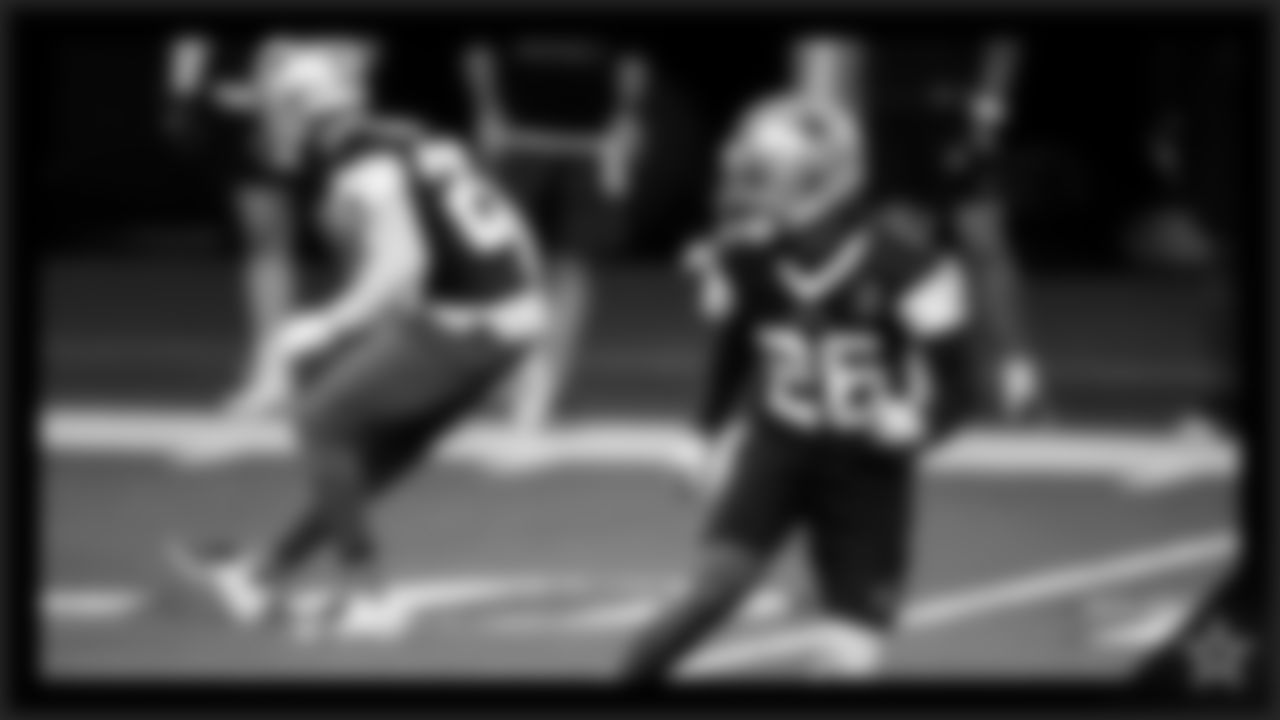
Organized Team Activity Practice | 2021
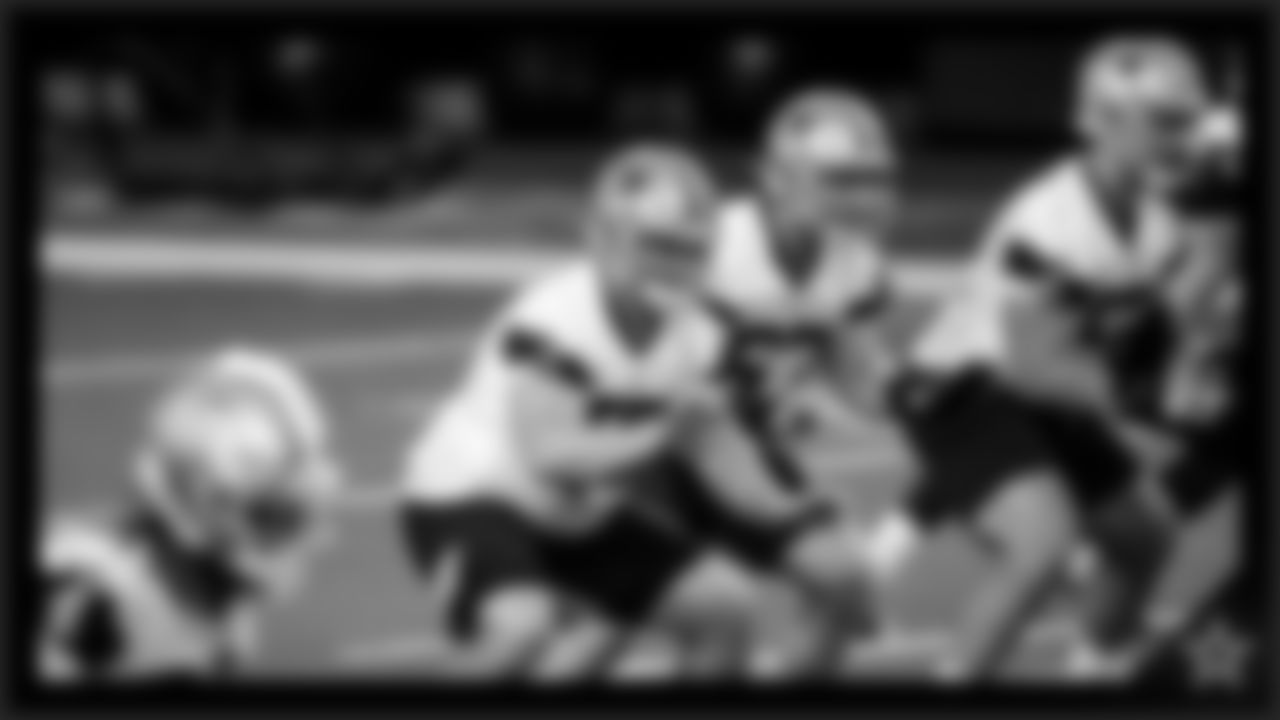
Organized Team Activity Practice | 2021
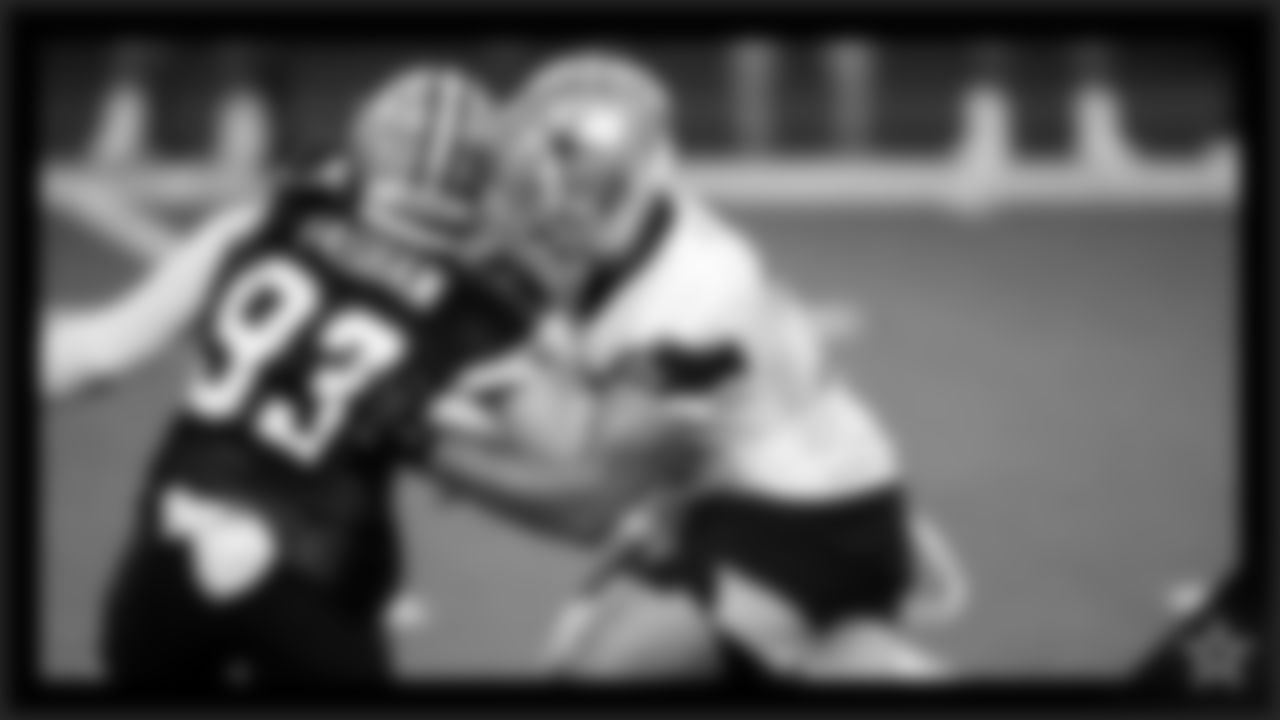
Organized Team Activity Practice | 2021
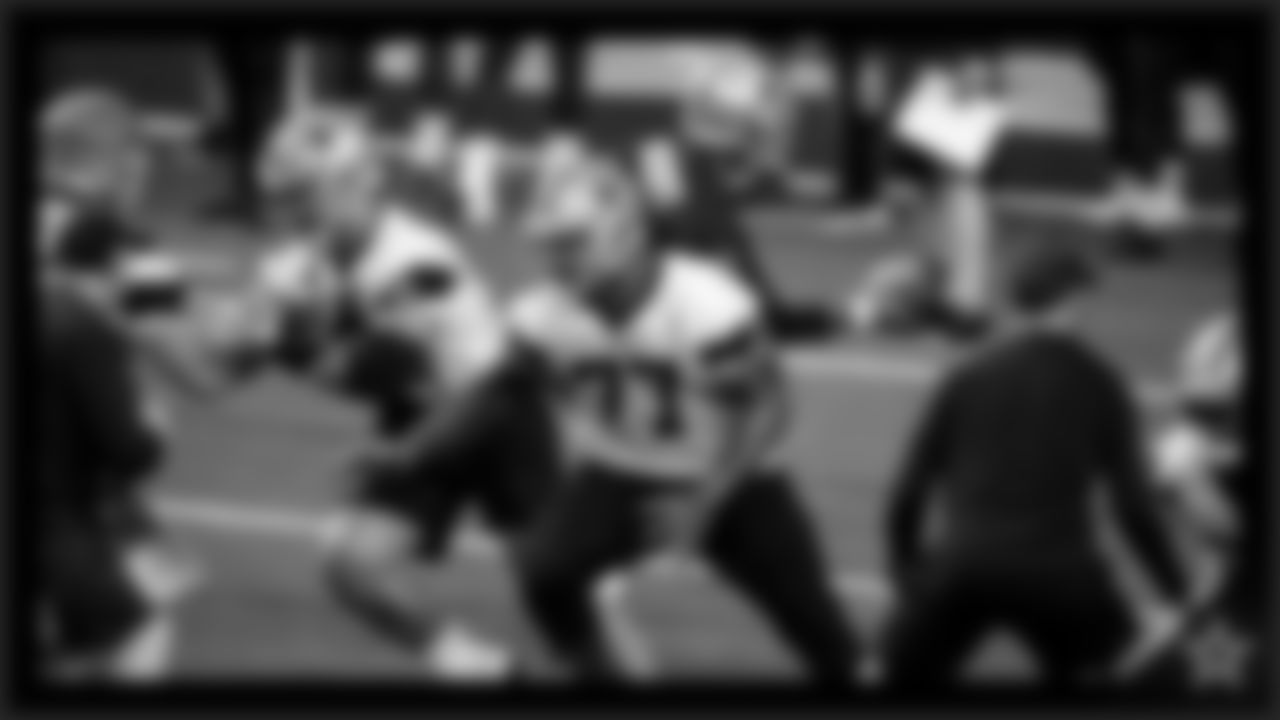
Organized Team Activity Practice | 2021
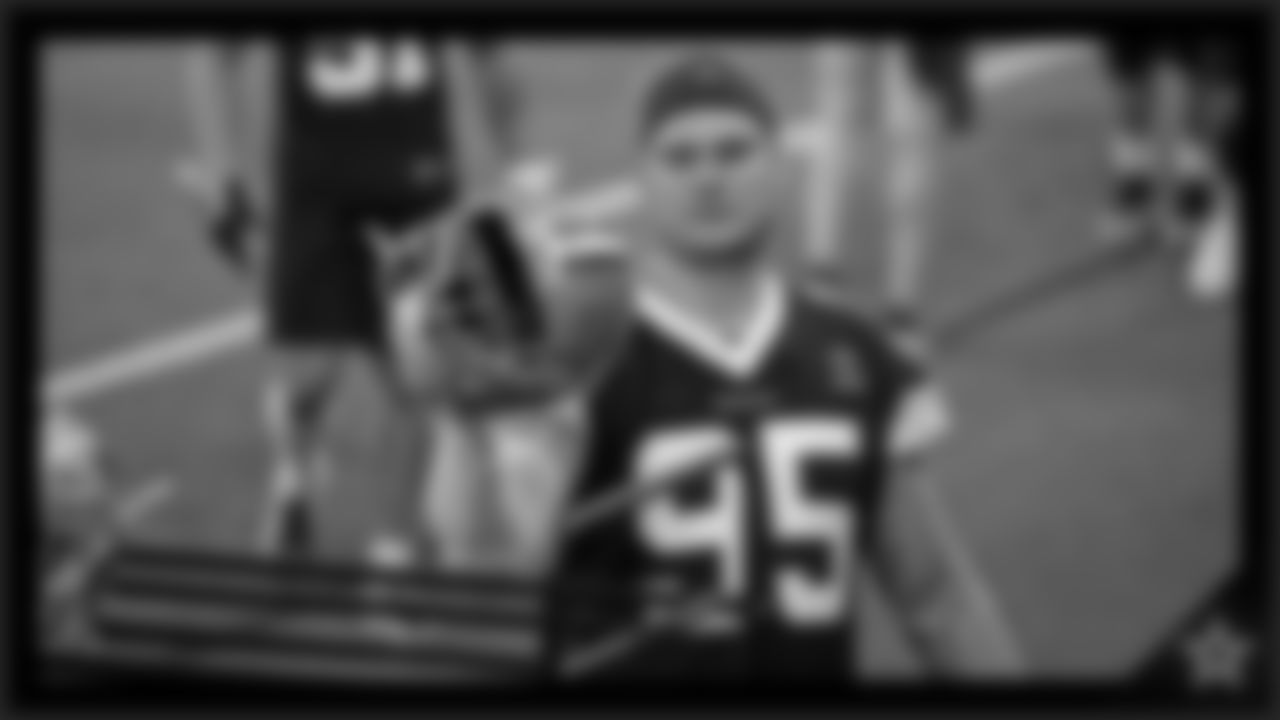
Organized Team Activity Practice | 2021
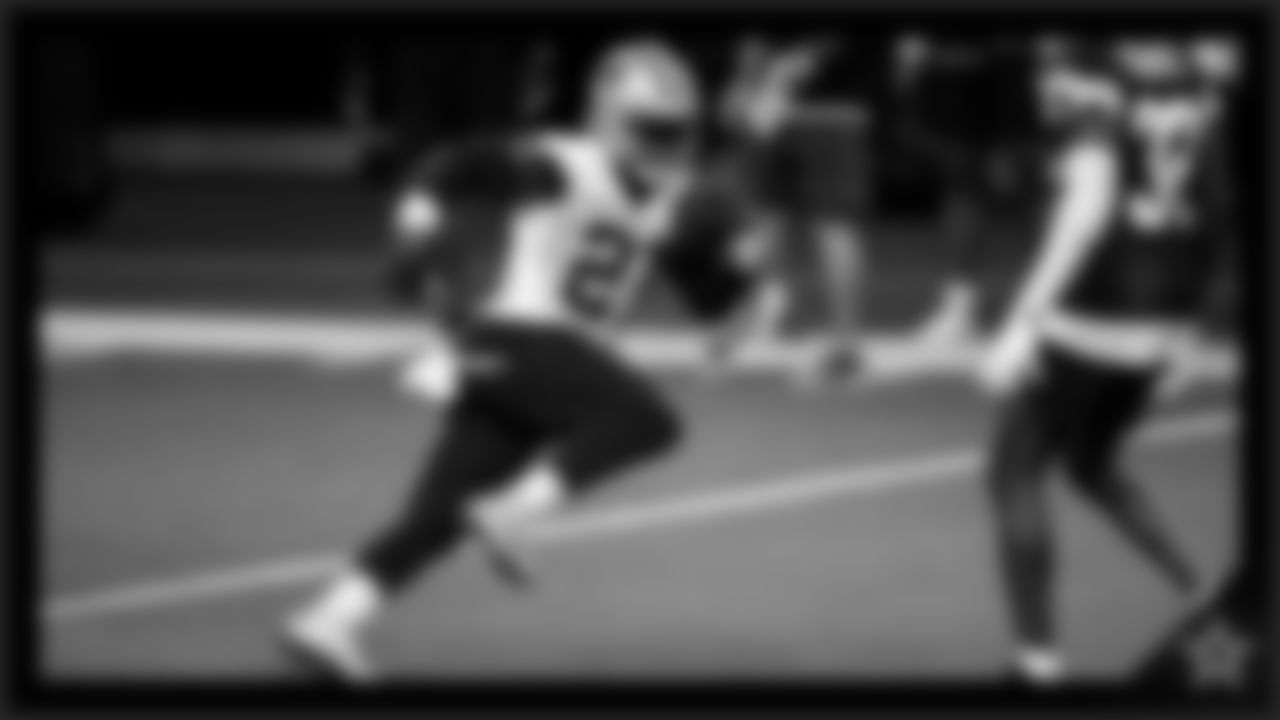
Organized Team Activity Practice | 2021
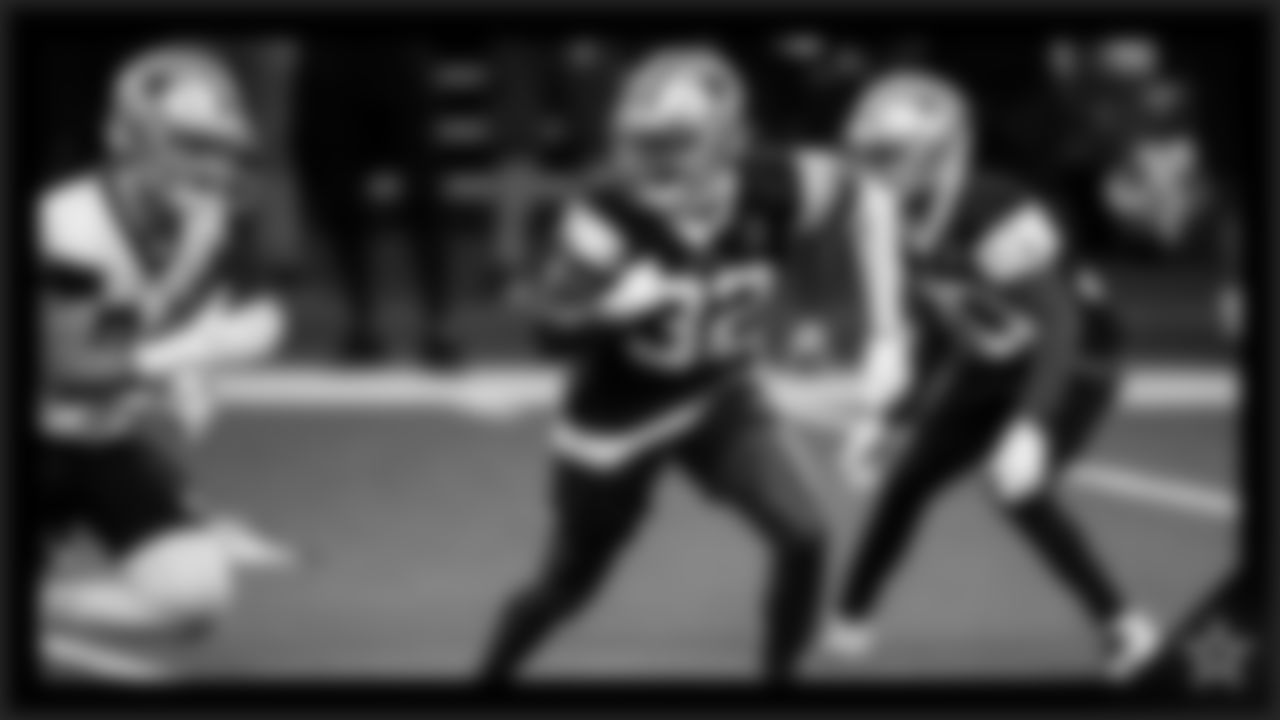
Organized Team Activity Practice | 2021
Practices will also be restricted to media. As it stands right now, only this coming Tuesday's practice and June 3rd's practice will be open, and only small portions of those practices will be available to be videoed.
Even still, it will be the first bonafide look at a Dallas Cowboys team since the 2020 season concluded back on Jan. 3.
With an offseason full of changes in the rearview mirror, here's a handful of the biggest storylines to watch.
Back In The Fold?
After watching the team struggle to a 6-10 finish without them, the return of injured starters Dak Prescott, Tyron Smith and La'el Collins to the lineup is the most important topic of this year.
Prescott in particular carries the headlines, given the gruesome nature of his injury and the $160 million contract extension he signed back in March. It's not a stretch to say the Cowboys' success hinges on the ability – and the availability – of their franchise quarterback. Having his two star tackles to help protect him wouldn't hurt, either.
But what is that going to look like? The Cowboys have consistently expressed confidence in the recovery of all three players. But are they ready to be in the mix as early as May, or is that more of a gradual return?
Prescott said as recently as a few weeks ago that he thought he could play in a game right now if he needed to, but fortunately he does not. The Cowboys undoubtedly have a plan for how to manage all of their players recovering from injury, but it will be interesting to see where things stand with these three in particular – or if we get to see them at all.
Early Forecast
Non-contact, offseason practices are hardly a great indicator of what's to come, but this will be the first thing resembling a look at Dan Quinn's plan for the Dallas defense.
Quinn took over the vacated defensive coordinator position in January, and details have been hard to come by. But one way or another, the Cowboys will have 11 players on the field and operating Quinn's playbook during these OTAs.
At the very least, it could serve as an outline of what to expect. Quinn said following the draft that his scheme would resemble a 3-4 defense when the Cowboys play their base personnel – but he also allowed that they'd likely spend 60-70% of their time using a four-man front in their nickel packages.
That leaves a lot of wiggle room for player assignments. All across this defense, Quinn employs defenders with versatile skillsets. These practices should give us a clearer idea of how they'll be used. For instance, how do the Cowboys see their various defense linemen and what roles do they have in mind for them? New arrival Brent Urban has played defensive tackle and defensive end in his career, while guys like Tarell Basham have played as both a down edge rusher and a standup rush linebacker. On the back end, there should finally be some clarity on this team's safety pairings, as well as who will be expected to handle the strong and free roles.
Again, it's not much to go on – but it's something. And that's without even getting into the most interesting defensive position of all.
The Linebacker Shuffle
Finally a chance to see the coaching staff sort out the suddenly enormous number of talented linebackers on the roster.
The Cowboys drafted Penn State superstar Micah Parsons with the No. 12 overall pick one month ago. Two days later, they landed one of the best value picks of the draft by grabbing Jabril Cox 115th. Immediately following the draft, Quinn confirmed that incoming free agent Keanu Neal will play linebacker. Oh, and that doesn't even include last year's starting duo of Jaylon Smith and Leighton Vander Esch, with 99 games and 770 tackles combined between them.
How exactly are the Cowboys going to play all these guys – and where?
Hopefully we'll have an idea by the end of these practices. Smith and Vander Esch both have experience playing between middle linebacker and weak side linebacker. Parsons worked as the team's MIKE during rookie minicamp, and there has been endless speculation that he might be used some as an extra pass rusher. Neal spent his five seasons in Atlanta at safety, so what might the transition to linebacker look like?
Sorry to sound repetitive, but those answers probably won't become clear during these practices. Even still, perhaps we can start to formulate an idea.
Rookies Mix In
We got a first look at the 2021 rookie class a couple weeks ago, but now they can start entering the deep end of the pool. Even though these aren't full-speed practices, there's still a big difference between an all-rookie workout and a full practice with NFL veterans.
Parsons and Cox were already mentioned above, but this will serve as a first look at Kelvin Joseph, Osa Odighizua and others as they seek to establish their place in the pecking order.
Nobody's going to win or lose a job in May, but it is an early chance to set the expectations.
Numbers Game?
Jersey numbers continue to be a fun topic of offseason discussion.
Parsons became the first Cowboys player to benefit from the NFL's new jersey rule, which allows offensive and defensive skill players to wear an expanded range of numbers. The rookie snagged No. 11, his college number, which prompted veteran receiver Cedrick Wilson – formerly in No. 11 – to switch into his college number, No. 1. That in turn moved second-year punter Hunter Niswander into No. 10, which he is presently sharing with Cooper Rush.
For the time being, that's the extent of switched numbers – not including new additions, such as Neal's No. 42. But with so much speculation about veterans moving into new numbers, it will be interesting to see if the team's first practices of the offseason inform us of any additional changes.







